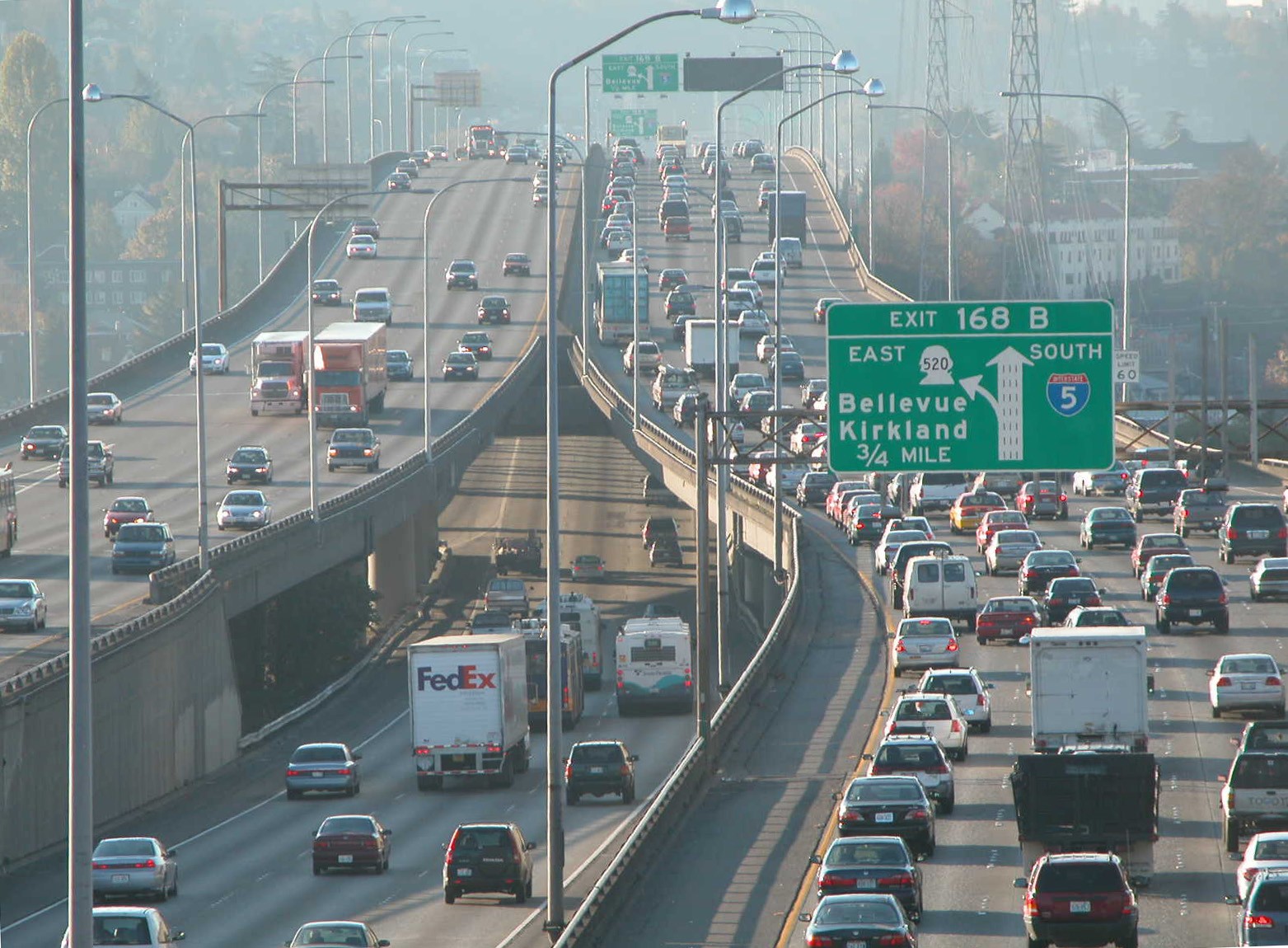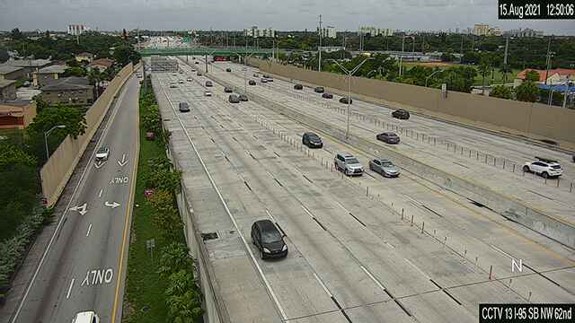CGN 4905/TTE 6205: Freeway Operations and Simulation
2023-03-07
Chapter 1 Introduction
Course Description:
This course addresses the area of freeway operations analysis and simulation. Topics covered include:
- Uninterrupted flow fundamentals
- HCM freeway analysis methodologies
- Basic segments
- Merge/diverge segments
- Weaving segments
- Facility (undersaturated and oversaturated)
- Travel time reliability
- Managed Lanes
- Ramp Metering
- Simulation
Background and Course Objectives:
Freeway facilities are intended to offer the highest level of mobility of any component within the roadway network. Freeways are also generally responsible for moving the largest volume of traffic in the network. Given the vital purpose that these roadway facilities serve, it is essential for the traffic engineer to be able to properly analyze these facilities, under a variety of traffic demand, geometric, and management/control configurations.
Freeway facilities are typically distinguished from other roadway types by the following features:
- Access controlled
- on-/off-ramps
- 2 or more lanes per direction
- Divided
- opposing directions separated by barrier or median
- ‘High’ design (designed to accommodate higher speeds)
- paved shoulders, greater shoulder width
- greater lane width
- minimize grades, especially in urban areas
- minimize horizontal curvature, especially in urban areas
- paved shoulders, greater shoulder width
In urban areas, freeway facilities will often also include features such as high-occupancy vehicle lanes, high-occupancy toll lanes, and/or ramp metering.
This course has five primary learning objectives. In this course, the student is expected to…
- learn the fundamental principles underlying traffic flow on freeway facilities
- learn how to analyze the operational impacts of freeway traffic flow with the analytical methods of the Highway Capacity Manual (HCM)
- learn how to apply a simulation tool to the analysis of freeway operations
- develop an understanding of the limitations of both the HCM analysis methods and of microsimulation
- develop an understanding of the differences in results generated by the HCM analysis methods and simulation for situations in which both can be applied for the analysis.

Figure 1.1: I-5 in Seattle

Figure 1.2: I-95 in Miami